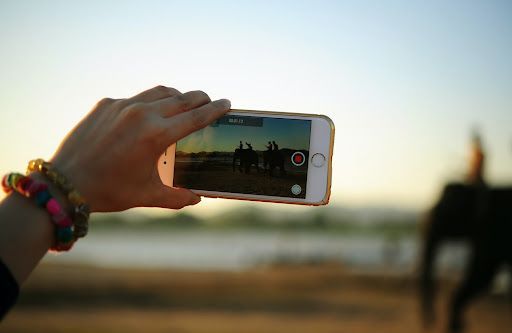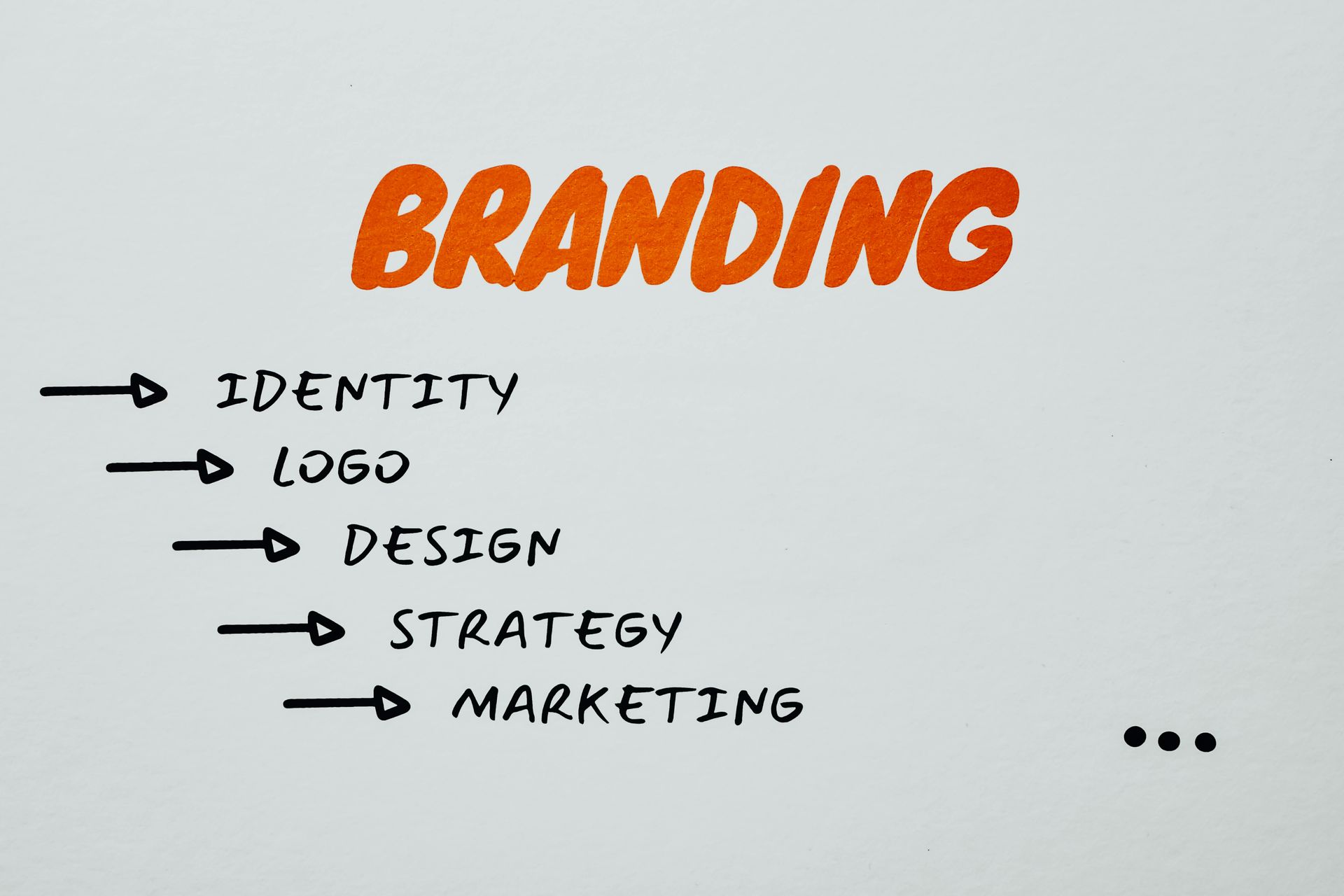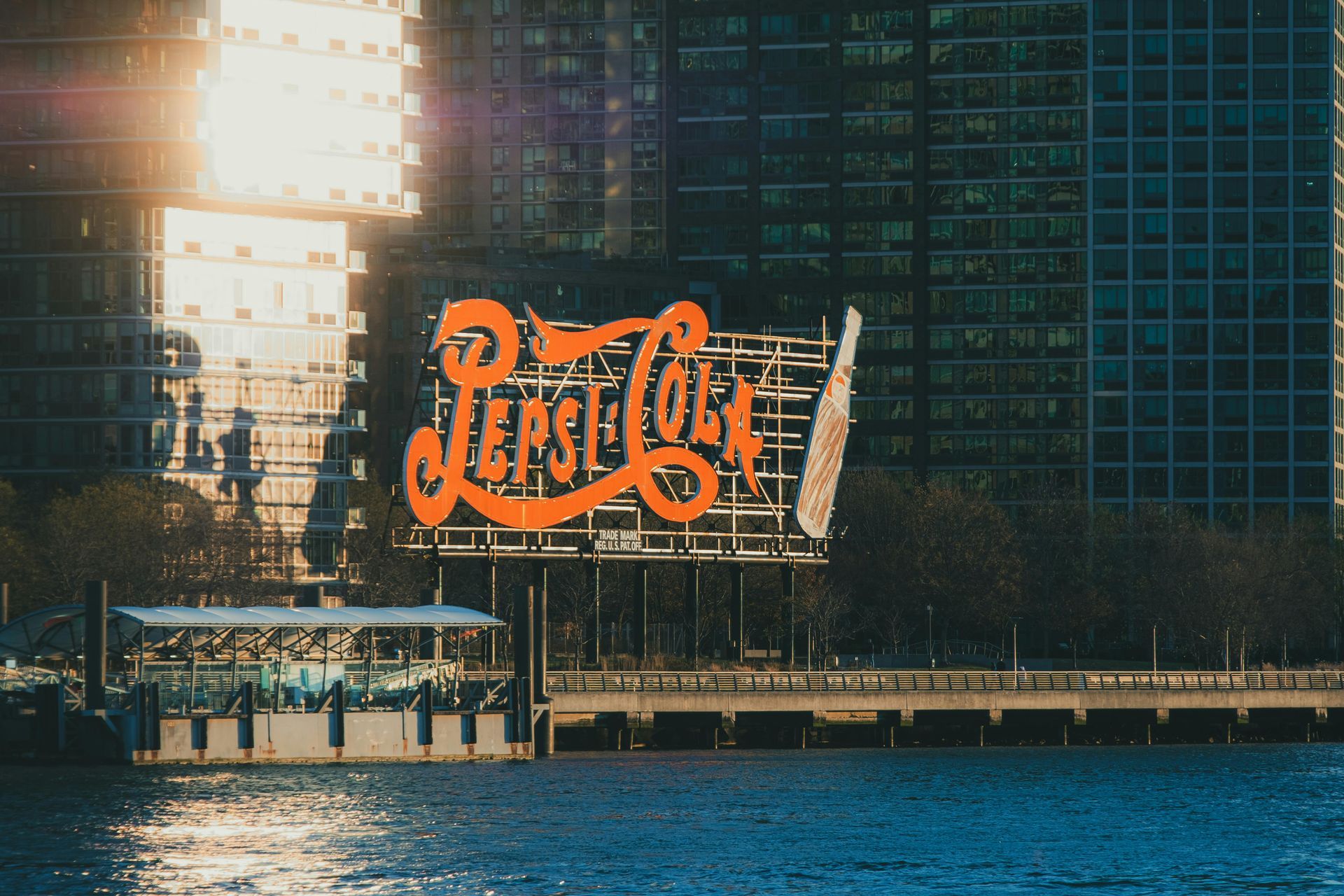Content Marketing Types for Small Businesses

Content marketing offers many benefits, but today there’s plenty of noise in the marketplace as more businesses crank out large amounts of content to increase their customer base and improve search engine rankings. If you don’t have the right content marketing strategy, your money and efforts could be wasted. Some local businesses make the mistake of building their content marketing strategy around one or two forms of content. However, you need to use multiple content marketing types to see the most significant return on investment.
Different forms of content reach different people, and a strategy that uses multiple formats works best. Blogging, infographics, audio, and video are all excellent forms of content you can use to promote your local business.
What does your content marketing need if you’re going to bring in a return on investment? You must create quality content if your marketing efforts are going to succeed. The web is packed with content today, and if you have poor content, people will just move along to the next piece of content. Poor content also can damage your reputation. You must make sure that each piece of content is of high quality.

Creating Different Types Of Content Marketing
Bottom line? The content you create for marketing your business needs to speak directly to your customers without giving off a one-size-fits-all vibe. What works well on Facebook might not translate to LinkedIn engagement, a more professional networking site. Likewise, short quippy tweets about fast-moving trends might fall flat on less dynamic Facebook.
The content you create shouldn’t just be limited to regular social media posts, although those are a great place to start. Getting creative with content types is a fantastic way to cut through the noise of your competitor’s content. Here’s a list of ideas to help get those creative juices flowing.
Blogs
Regular, high-quality blogs are a popular business marketing tool, and for a good reason. Human-centered, SEO-friendly blog posts establish and nurture trust between your business and your customers. Your website is also more likely to appear on the first page of search engine results, helping boost organic traffic counts.
Customer Testimonials
There’s no denying the power of word-of-mouth marketing for your small business, which these days comes in the form of customer testimonials and reviews. Shoppers want proof that their business can solve their problems before they invest their money. Sharing this content builds trust and showcases your leadership and abilities within your industry or field.

Videos
Now more than ever, your customers crave transparency and authenticity. What better way to do that than video content? It’s a great visual aid to help people understand how your products work and what your services can do to help them. Video content is easily broken down into bite-sized pieces of easily digestible tidbits and is versatile for desktop computer and mobile device viewing.
Checklists
This type of marketing content is awesome because it’s ubiquitous across industries. This means that virtually any business or entrepreneur can create a checklist using their services or products. Checklists are actionable and easy to follow and allow you to lay out more information about how your skills can help them complete those checklists.
Make a Content Marketing Plan
Of course, you also need a strategic keyword plan for your content. Without a good keyword plan, your content will never bring in traffic or further your reach online. Before you begin investing money in content, ensure you have a good keyword plan that will allow you to make the most of each piece of content you invest in.
While managing your content marketing strategy for your company can be done, it will require time, technical know-how, and skills you may not want to devote to making it work. That’s why so many companies outsource their content marketing to professionals. If you’d like to talk about the role content marketing could play in filling your sales funnel, we’d be delighted to have that conversation. Contact us today to get started !
The post Content Marketing Types for Small Businesses appeared first on Cole Dalton.









